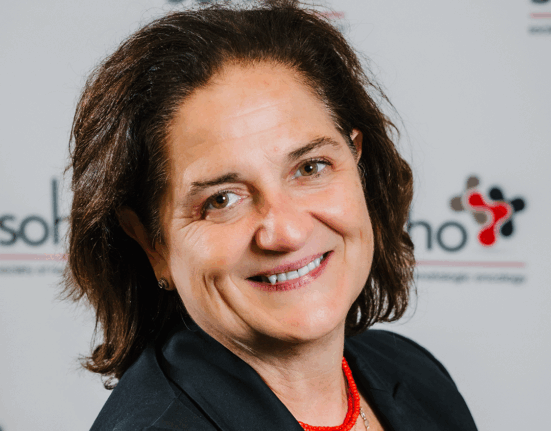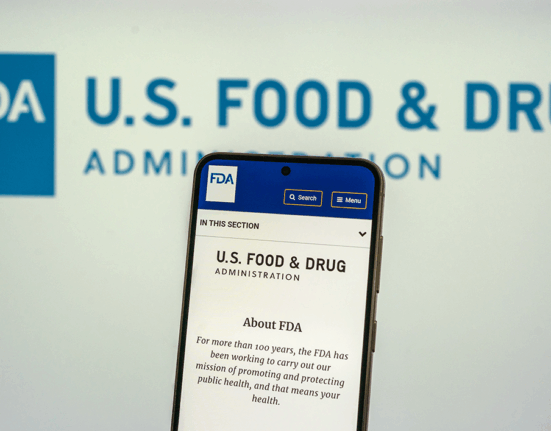By: Kerri Fitzgerald
A real-world study assessed outcomes in patients with acute myeloid leukemia (AML) and myelodysplastic syndromes (MDS) who relapsed following transplant and observed a significantly improved outcome if the relapse is treated.
Malagola Michele, MD, of the University of Brescia in Italy, and colleagues published their findings as a Letter to the Editor in the American Journal of Hematology.
The researchers conducted a retrospective analysis of 859 real-world patients from 33 transplant centers in Italy who had relapsed after transplant between 2015 and 2021. Median age at transplant was 57.3 years, and most patients had AML (90%).
More than half (59%) received the transplant in first complete remission (CR) and after one line of therapy in 48% of the cases. The donor was unrelated in 48% of cases (n=416), matched sibling in 28% (n=242), and haploidentical in 23% (n=197). Most patients (75%) received peripheral blood stem cells.
The cumulative incidence of post-transplant (prerelapse) acute graft-versus-host disease (GVHD) was 24%, and this was clinically significant (grade 2-4) in 17% of the cases. A total of 110 patients (13%) developed chronic GVHD following allogeneic transplant prerelapse.
After a median follow-up of 41.8 months among survivors, the one- and two-year overall survival (OS) rates were 55% and 28%, respectively. One- and two-year relapse mortality rates were 39% and 56%, respectively.
Those treated post-relapse had significantly better OS at one (64% vs 25%) and two years (34% vs 10%; P<0.001) compared with those not treated.
Age as a continuous variable (hazard ratio [HR], 1.01) was independently associated with impaired OS. The following were significantly associated with improved OS:
- Relapse occurring at least 12 months after transplant (HR, 0.00)
- Disease relapsing with measurable residual disease (MRD) positivity and/or molecular mixed chimerism (HR, 0.37)
- Being in CR at allogeneic transplant (HR, 0.59)
- Transplant performed after one line of therapy (HR, 0.82)
- Post-relapse therapy including donor lymphocyte infusion (DLI; HR 0.62)
Most patients (86%) were treated with evidence of morphological relapse (more than 5% bone marrow blasts). “This point reflects the historical attitude of clinicians to wait for overt relapse after [allogeneic transplant] before giving any treatment,” the authors noted.
The study is limited by its retrospective design.
“These results may be the starting point to design prospective studies including early preemptive therapy in the presence of MRD positivity and/or molecular chimerism failure, possibly including new agents (eg, [hypomethylating agents] ± venetoclax) in combination with DLI,” the authors concluded.
Reference
Michele M, Luca C, Domenica M, et al. Outcome of patients with acute myeloid leukemias or myelodysplastic syndromes after relapsing from allogeneic stem cell transplantation: the GITMO AML/MDS-Relapse registry study. Am J Hematol. 2025. doi:10.1002/ajh.70030







